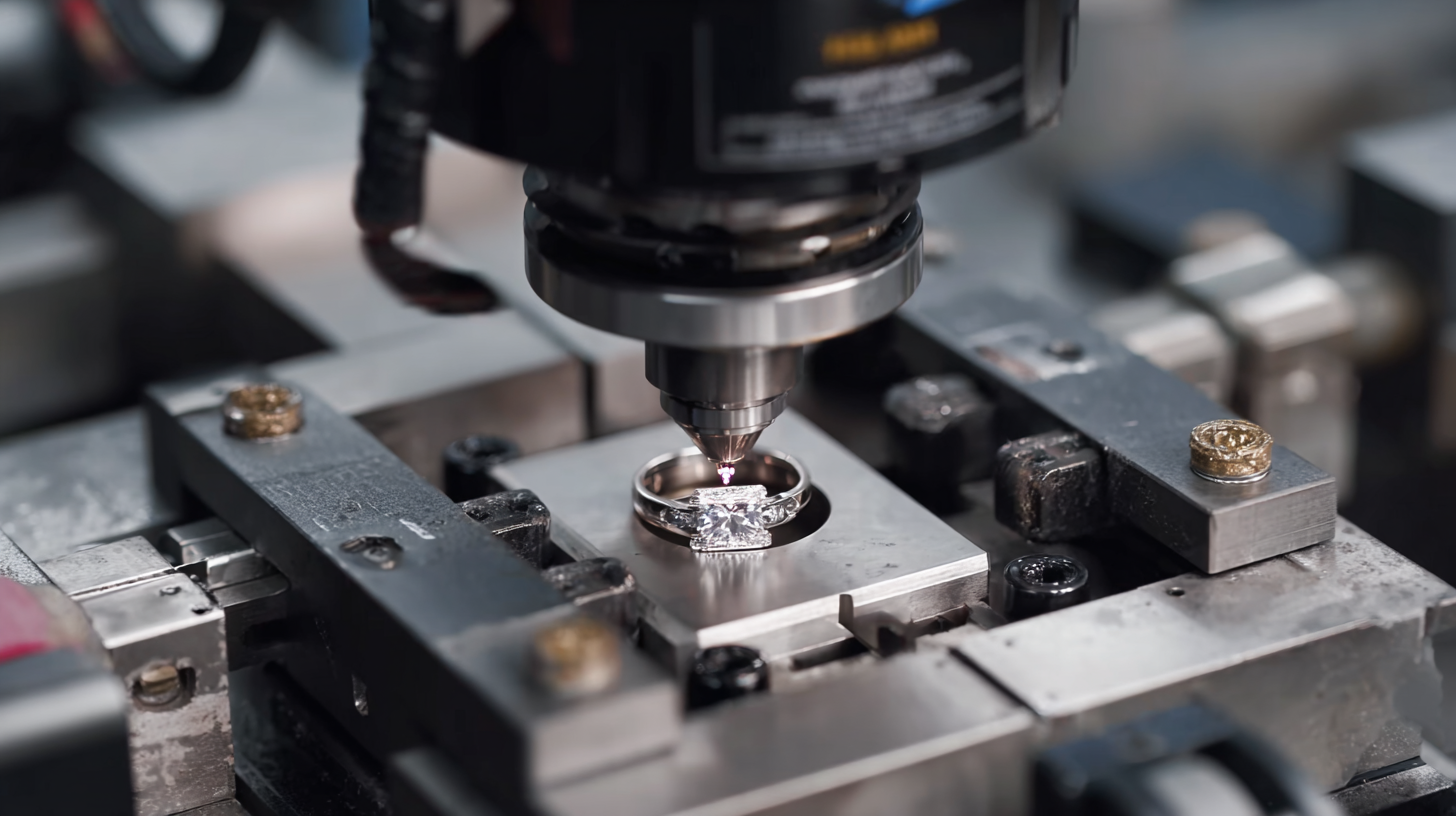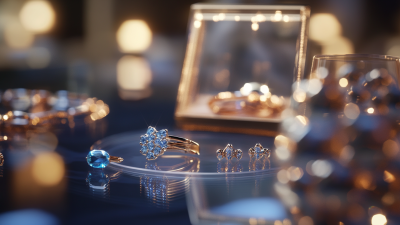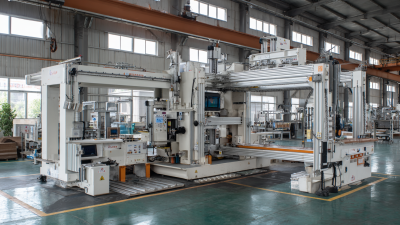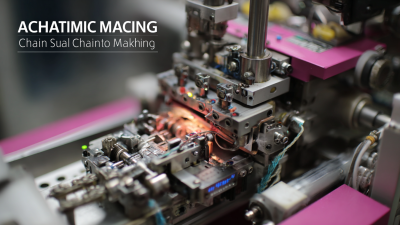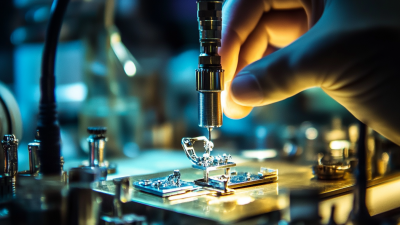The jewelry industry, valued at over $300 billion globally, is undergoing a transformation with the introduction of innovative technologies, notably the Automatic Stone Setting Machine. This advanced equipment streamlines the meticulous process of stone setting, significantly enhancing efficiency and precision. According to a recent industry report, automation in jewelry manufacturing can reduce production time by up to 50%, allowing jewelers to meet rising consumer demands for customization and speed without compromising quality. The integration of the Automatic Stone Setting Machine not only minimizes human error but also optimizes the use of materials, leading to a reduction in waste by approximately 30%. As the market moves towards digitization and automation, understanding the science and benefits behind these machines is essential for jewelers aiming to stay competitive in an ever-evolving landscape.
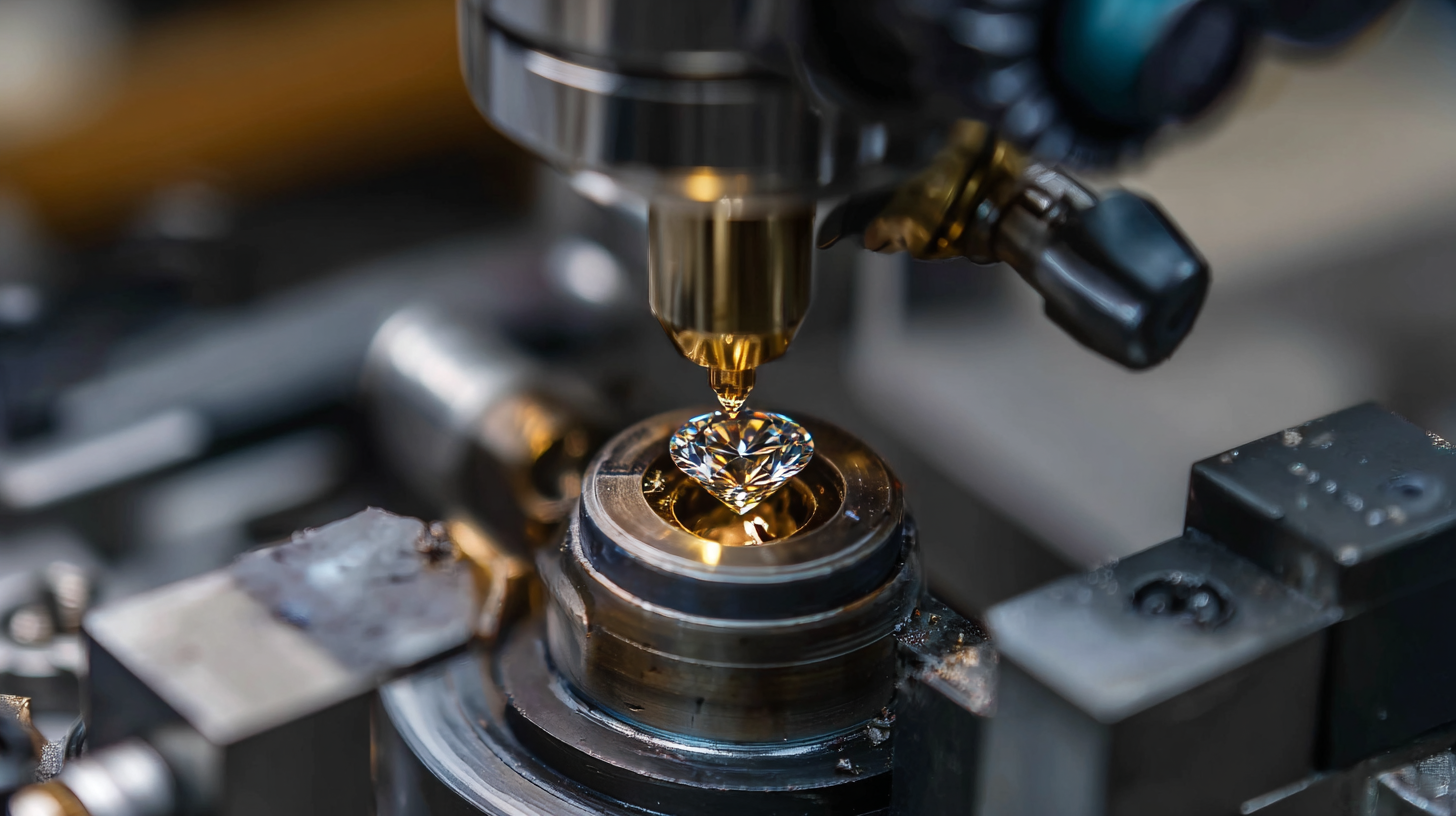
The jewelry industry is witnessing a transformative wave with the advent of automatic stone-setting machines. These innovative technologies are enhancing the accuracy and efficiency of the jewelry setting process, allowing artisans to achieve intricate designs with unprecedented speed. Gone are the days when every stone had to be meticulously set by hand. Automated systems can now ensure that stones are securely placed, reducing the risk of damage and minimizing human error.
**Tip 1:** When investing in automatic stone-setting machines, consider investing in training for your team. Familiarity with the technology can significantly enhance both productivity and creativity.
Furthermore, these machines leverage advanced software that can simulate designs, resulting in a seamless blend of art and technology. They provide jewelers with the ability to replicate intricate patterns and styles consistently, making high-quality craftsmanship accessible to a broader audience. This not only streamlines production but also allows designers to experiment with complex settings that were once labor-intensive.
**Tip 2:** Stay updated on the latest advancements in automatic stone-setting technologies. Regularly attending workshops and trade shows can equip you with fresh ideas and techniques that can elevate your work.
The advancement of precision engineering has led to a transformation in the jewelry industry, particularly with the introduction of automatic stone setting machines. These machines leverage innovative engineering techniques to achieve meticulous accuracy in gemstone placement. By utilizing computer numerical control (CNC) technology, these machines can reproduce intricate designs with unparalleled precision, ensuring that each stone is firmly and securely set within its designated mount.
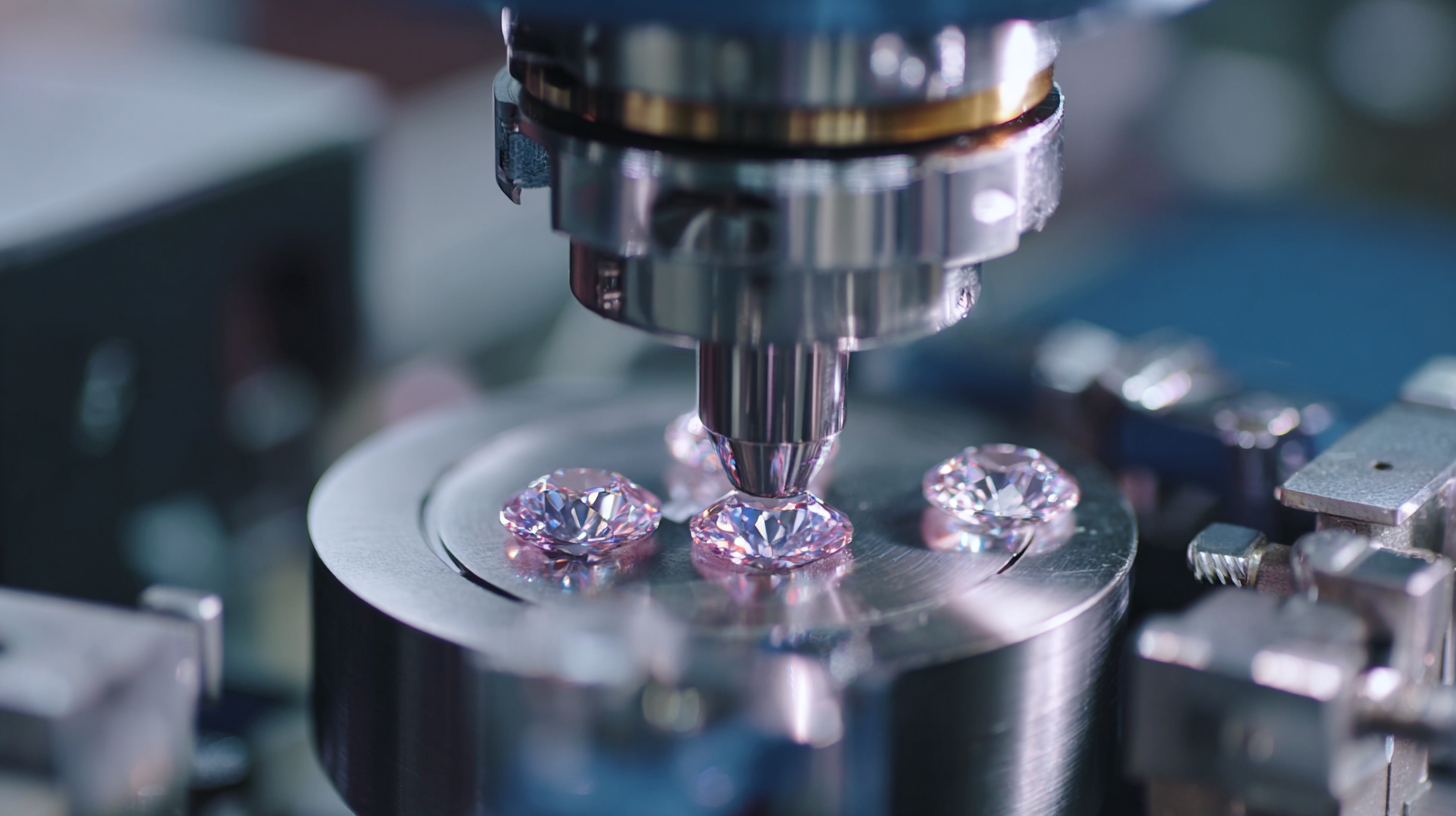
Precision engineering plays a pivotal role in the operation of these automatic machines. It encompasses everything from the design of the machinery to the selection of cutting-edge materials that reduce wear and enhance performance. The integration of robotics and automated systems allows for consistent, repeatable results that would be nearly impossible to achieve by hand. As a result, jewelers can produce higher quality pieces in less time, leading to increased efficiency and greater creativity in their designs, while also minimizing the risk of human error.
The evolution of jewelry craftsmanship significantly hinges on the efficiency of stone setting techniques. A comparative analysis between manual and automated stone setting reveals substantial differences in productivity and precision. Manual stone setting, while traditionally revered for its artisanal quality, often suffers from variability in execution and time consumption. Artisans can spend hours, if not days, setting stones individually, leading to potential inconsistencies in quality.
Conversely, automated stone setting machines leverage advanced technology and robotics to enhance efficiency and accuracy. These machines can execute complex stone placements at a fraction of the time required for manual methods, significantly increasing production capabilities while maintaining a high standard of quality. Furthermore, just as in recent medical advancements—where deep learning models and robotic systems demonstrate efficiency and efficacy in clinical settings—the integration of automation into jewelry crafting holds the promise of revolutionizing the industry. By minimizing human error and optimizing resource allocation, automated systems are poised to redefine the jewelry landscape in terms of both craftsmanship and economic viability.
| Stone Type | Setting Method | Time Taken (minutes) | Accuracy (%) | Cost Per Unit ($) |
|---|---|---|---|---|
| Diamond | Manual | 60 | 90 | 300 |
| Sapphire | Manual | 50 | 85 | 250 |
| Ruby | Automatic | 20 | 98 | 200 |
| Emerald | Automatic | 25 | 95 | 230 |
| Topaz | Automatic | 15 | 99 | 150 |
The jewelry industry is experiencing a transformation with the rise of automatic stone setting machines. According to a recent market research report by Allied Market Research, the global jewelry market is expected to reach $480 billion by 2025, with a notable surge in demand for automated craftsmanship solutions. This trend is driven by increased efficiency and precision, which are crucial in meeting the evolving expectations of consumers who prioritize quality and speed.
As automation technology advances, manufacturers are integrating sophisticated features into stone setting processes, reducing the time and labor costs traditionally associated with manual craftsmanship. The use of automatic machines can increase productivity by up to 30%, allowing jewelers to handle larger volumes without compromising on quality. Additionally, the development of machines equipped with artificial intelligence is paving the way for innovations that enhance customization, catering to the unique desires of modern consumers.
**Tips**:
1. Consider investing in automatic stone setting machines to stay competitive in the fast-evolving jewelry landscape.
2. Keep an eye on market trends and consumer preferences to tailor your offerings effectively.
3. Regularly assess your production processes to identify areas where automation could improve efficiency and quality.
The integration of AI and robotics in jewelry manufacturing is transforming the industry, especially in the realm of stone setting. As seen in recent innovations, automatic stone setting machines are at the forefront of this shift. These advanced machines use precise algorithms and robotic arms to position and secure stones with unparalleled accuracy, significantly reducing time and labor costs.
Tips: When considering the future of jewelry craftsmanship, look out for advancements in AI programming that enhance machine learning capabilities. This will ensure that each piece is not only expertly crafted but can also be personalized with minimal human intervention.
Furthermore, initiatives, like the recent seminar on intelligent jewelry crafts, underscore the commitment to incorporating technology in traditional practices. As companies invest heavily in automation, we can expect a significant portion of jewelry production to become fully automated, maximizing efficiency while maintaining high quality.
Tips: Explore workshops and industry seminars to stay informed on emerging technologies in jewelry manufacturing. Networking with professionals in these fields can open pathways to collaborations and innovative partnerships.
